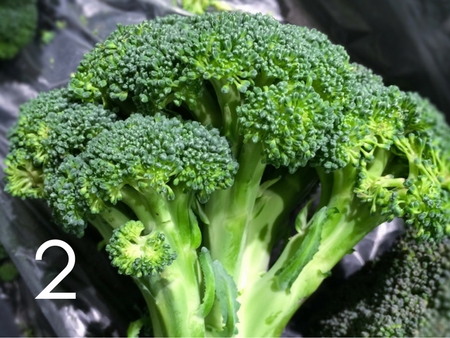We have been a little rowdy in Peru since we realized that a well known evaporated milk is actually not milk (and that we don’t know how to read food labels). But why do we drink cow milk at all? I stopped drinking milk a year ago, by a personal decision, and found that many of my friends were doing the same. I wondered, and what about the calcium? Español aquí.
Calcium is extremely important, not only to strengthen our teeth and bones, but also for our muscles, cells and nerves to work properly. You know, the important things. Specialists recommend adults consume approximately 1,000 milligrams of calcium per day. Perfect. And how can we get it? Here are some alternative sources of calcium to dairy and how much calcium is packed with each serving, as recommended by Health.com. Get ready to look at them in a different light.
This recommendation is especially important for women, considering that those over the age of 50 are advised to increase their daily intake of calcium to 1,200 milligrams. I take this recommendation very seriously since I am predisposed to osteopenia, which is a condition in which the bones contain less calcium than normal, but not so little as to call it osteoporosis. I am all for prevention, so pass me the sardines.
1. Collard greens
268 milligrams of calcium in a cooked cup
Collard greens are a vegetable with green leaves that are usually served cooked and mixed in with chickpeas in Perú. I’m personally going to think of ways to eat more of this.
2. Broccoli
86 milligrams in 2 raw cups
Did you know that this leafy vegetable gives you twice as much vitamin C as an orange? Plus, there are studies associating a high consumption of broccoli with a reduced risk of cancer.
3. Kale
101 milligrams of calcium in a raw cup
A serving of this green leafy vegetable also makes up your daily dose of vitamin C and double what’s recommended for vitamin A. It also provides a vitamin K, which helps your blood clot when you have a booboo.
4. Edamame
98 milligrams of calcium in a cooked cup
These super vegetables, that have been a favorite in Japan and China for thousands of years, are among the few foods that contain all the nutritional values of a protein and don’t come from an animal. You can eat it whole, cooked in salted water.
5. Bak Choy or Chinese Cabbage
74 grams in a raw cup
This vegetable that is also common in foods of Chinese origin also adds vitamin A, C and potassium to your diet. It cooks easily and can be found all year round.
6. Figs
121 milligrams in half a cup of dried figs
This fruit has the well-deserved reputation of being an excellent source of fiber and potassium. It also gives you magnesium that is used in over 300 biochemical reactions your body makes for your muscles and heart to work well, and strengthen your bones.
7. Oranges
74 milligrams in an orange and 27 milligrams in a cup of juice
Orange is a well known source for vitamin C and antioxidants.
8. Sardines
351 milligrams in a 3.75 oz. Can
This fishy alternative is also a generous source of vitamin B-12 that is good for your bail and nervous system to be healthy. It also has vitamin D, which is excellent for our bones and is very difficult to obtain through food.
9. White beans
63 milligrams in ½ cup cooked beans
Good news for bean lovers, they are also a good source of fiber, protein and iron. The starch in the beans is also good for increasing your metabolism.
10. Tofu
434 milligrams in ½ cup
There is a good reason why vegetarian diets contain consider so much tofu: it is a good source of calcium as well as protein. Those who eat it appreciate its versatility for absorb the different flavors of food it is cooked in.
11. Almonds
75 milligrams of calcium in 28 grams (more or less 23 almonds)
These nuts have a well-deserved reputation as they contain almost 12% of protein that you need in the day. In addition, they are rich in vitamin E and potassium. Eating them in moderation gives you “good” fat that helps reduce bad cholesterol for your heart.
Photos: Pixabay / Canva











